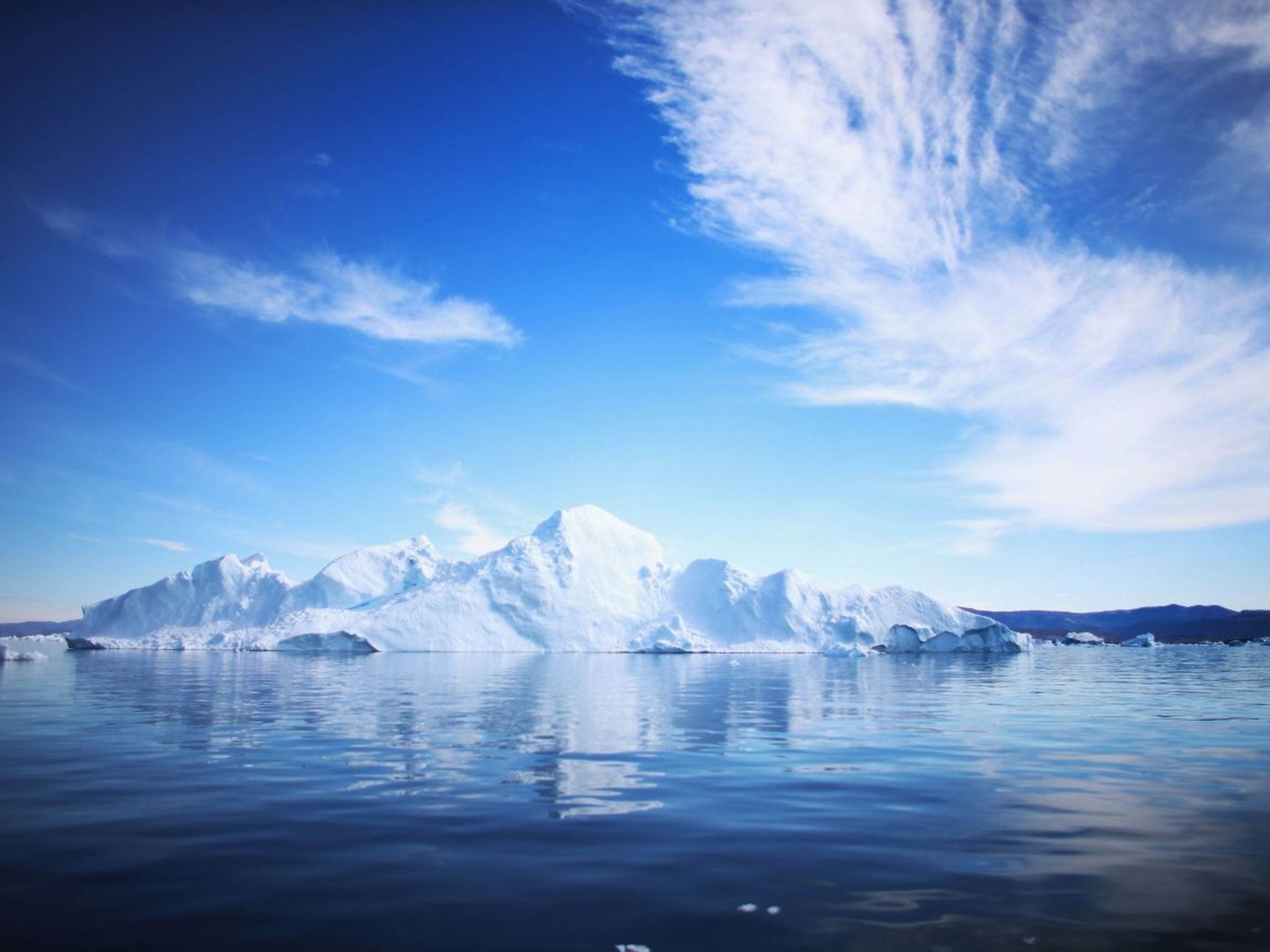This website uses cookies so that we can provide you with the best user experience possible. Cookie information is stored in your browser and performs functions such as recognising you when you return to our website and helping our team to understand which sections of the website you find most interesting and useful.

An international study into the melting potential of the world’s two largest ice sheets has revealed they could contribute more than 40cm to global sea level rise by 2100 – with catastrophic impacts.
The enormous ice sheets that cover Antarctica and Greenland contain vast amounts of frozen water, which if released into the oceans, would raise global sea levels by about 66 metres (220ft) but even partial melting of this ice due to climate breakdown will significantly contribute to sea level rise.
A team of more than 60 scientists from 36 institutions round the world projected the changes of the Greenland and Antarctic ice sheets between 2015 and 2100 under global warming conditions predicted by the latest climate models.
The team used 14 different models to estimate the changes in the ice sheet under two different greenhouse gas emissions pathways: a pessimistic scenario, where there is no change in current trends, leading to a rapid increase in emissions; and an optimistic scenario, where comprehensive steps are taken to reduce emissions.
The goal of the research was to estimate how much the mass loss of the ice sheets would contribute to the rise in average sea levels beyond what has already been put in motion.
The study found that by 2100, the Greenland ice sheet would raise sea levels by 4 to 14cm under the pessimistic scenario, but only 1.5 to 5cm under the optimistic scenario.
For the Antarctic ice sheet, the results point to a greater range of possibilities, from ice sheet change that decreases sea level by 7.8cm, to increasing it by 30cm under the pessimistic scenario, with an increase of 0 to 3cm under the optimistic scenario.
The potential decreases in sea level were due to some models indicating that under certain conditions, the volume added to the Antarctic ice sheet by snowfall could surpass what is lost through melting.
Professor Ralf Greve, an expert in ice sheet and glacier research at Hokkaido University, who was part of the team that modelled the behaviour of the ice sheets, said: “Mass change from the AIS (Antarctic ice sheet) is notoriously difficult to predict.
“Increasing ocean temperatures erode the bottom of large floating ice shelves, causing loss, while the AIS can also gain mass by increased snowfall due to warmer air temperatures.”
He added: “We are constantly improving our understanding of the ice sheets and their interaction with the Earth’s climate system. Modelling intercomparison studies like [this] are an effective tool to provide society with the necessary information, including uncertainties, for rational decisions.”
The research team, whose work is published in the journal The Cryosphere, said the wide range in estimates of how much melting there could be reflects incomplete knowledge of melting that occurs on the bottom of ice shelves.
These huge floating areas of ice fringe Greenland and the Antarctic, helping pen in the ice sheet, keeping it on land and stopping it from entering the sea and melting.
However, this ice is particularly vulnerable to warming oceans. Were they to be lost, the new projections indicate that the ocean would rise “several metres” over the next 500 years.
Average sea levels have risen by about 23cm since 1880 with about 8cm gained in the last 25 years.
With sea levels rising increasingly rapidly, even small changes can have significant impacts on coastlines, potentially affecting millions of people and coastal habitats.



 Africana55 Radio
Africana55 Radio 
